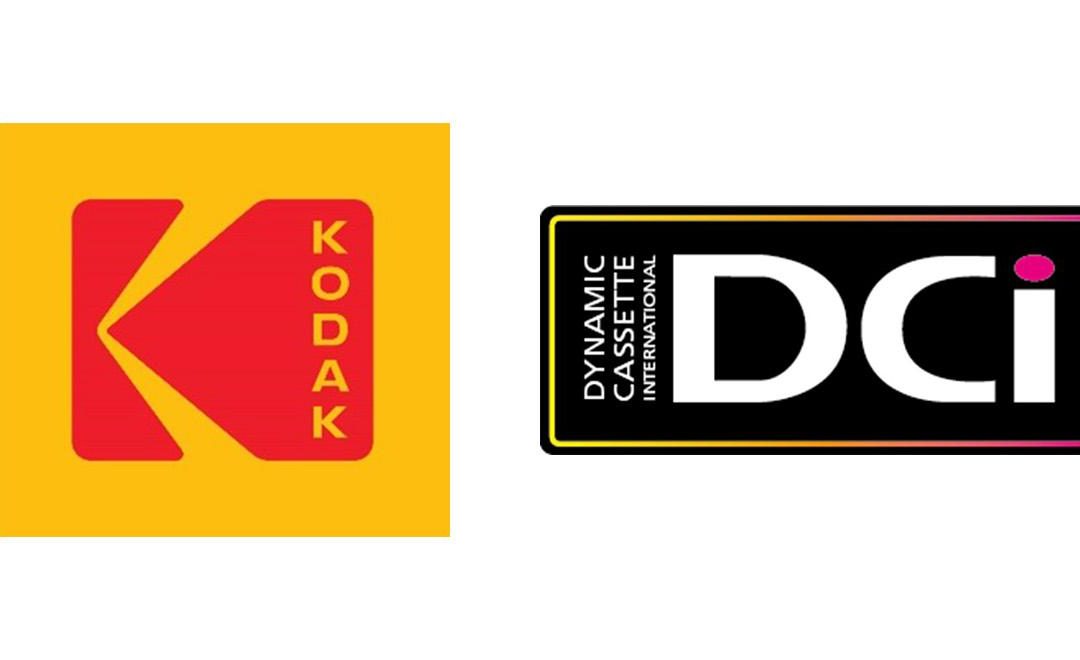 China’s printing market under the influence of the epidemic-crisis creates new opportunities, according to IDC.
China’s printing market under the influence of the epidemic-crisis creates new opportunities, according to IDC.
The commercial printing market procurement fell sharply in the first quarter. Although the consumer market has strong demand, it also faces delivery difficulties, IDC said. Slow factory resumption and repeated epidemics will affect product supply in the second quarter of 2020. IDC predicts that China’s printer market (mainly including inkjet, laser, dot matrix printers, etc.) will decline by 21.1% year-on-year in the first quarter of 2020, and shipments will decline by 8.3% year-on-year.
Although the printing market is in danger of a significant decline, in the medium and long term, this crisis has given birth to new opportunities, IDC says. The market research company outlined four opportunities it sees are being created in China.
Opportunity 1: Outbreak drives home purchase of printing equipment
Although the printer market was affected by the epidemic, shipments have declined significantly, but demand in the consumer market has been atypical and demand has exploded. The return to schools at all levels and various educational institutions across the country have been delayed, and the Ministry of Education has held an online teaching exhibition. In order to print learning materials and homework for children, parents have to consider purchasing a home printer. This surge in demand will continue into at least May.
Prior to this, during the Double Eleven promotion in 2019, the home market has shown a clear growth trend, according to IDC. Especially in the inkjet printer market, the price of ink cartridge printers has fallen to a level acceptable to users. Coupled with the current epidemic situation, the demand growth curve of the household market has shown a straight upward trend.
IDC believes that due to the needs of education, printers have gradually become the standard for families in 1-3 cities, and this trend is gradually penetrating into 4-6 cities. Considering that children born in 2012-2014 are starting education in 2018-2021, the home education market still has two years of high-speed growth opportunities. IDC said that printer manufacturers should seize the opportunities of this year and next year to vigorously develop families Print the market, increase hardware ownership, and achieve sustained profit growth through the sale of consumables in the next few years.
Opportunity 2: Epidemic promotes the construction of future work ecology
IDC defines Future of Work (FoW) as a change in job concept. By using new talent management methods and innovative accelerators such as IoT, artificial intelligence (AI), next generation security, 3D printing emerging technologies such as augmented and virtual reality (AR/ VR) and robotics, have fundamentally changed the concept and way of working. FoW consists of three parts, namely the future workspace, the future workforce and the future corporate culture. IDC says that the future working space refers to a work place that is not limited by time and space by combining real and virtual environments; the future labour force refers to the human-machine collaboration model based on the third platform technology (digital co-worker) and digital talents; the future corporate culture refers to Enterprises need to create an efficient, innovative and collaborative working atmosphere for digital talent.
During the epidemic, many enterprises have been forced to maintain their operations by letting employees work from home. This is a major challenge for both companies and employees. Problems such as poor network environment, inaccessibility of internal server information from the outside, inefficient team collaboration, and inability to balance life and work time have seriously affected employees’ office efficiency and motivation. This has forced companies to consider adopting new technologies and new employee management methods to change the way they work.
IDC believes that through this epidemic, companies will increasingly perceive the importance of digital transformation. In the field of printing, companies can consider enabling mobile printing for employees so that they can print from any device or anywhere.
By introducing mobile printing solutions, employees can not only easily scan files to the cloud, but also retrieve documents from the cloud and easily print. Users can also extract data from scanned documents with document management software and turn it into searchable and usable information.
According to the IDC, printing devices will gradually become important cloud data input ports. Printer manufacturers and solution providers will have the opportunity to introduce existing solutions to more customers or develop more solutions that meet user needs based on the actual pain points caused by the current epidemic, thereby achieving faster business growth.
Opportunity 3: Growth opportunities in contract printing business during outbreak
The outbreak of the COVID-19 virus in 2020 will bring huge challenges to basic print service (BPS)/ managed print service (MPS) manufacturers and channels, but also bring new opportunities, IDC says.
For a long time, customers worry about the security of equipment data (meter readings, equipment status, etc.) flowing from the local remote monitoring server to the overseas servers hosted by the supplier. This has forced manufacturers and distributors to use alternative methods, such as manual meter reading or calling customers to ask if they need consumables or services. This has caused the slow development of BPS and MPS businesses in China. Although China is already a highly digitised country, the BPS/ MPS business is still in its infancy.
Up to now, the provinces outside Hubei Province have resumed production and business activities, but the flow of people has increased the risk of virus transmission. Therefore, companies still advocate that employees work at home or reduce cluster work as much as possible.
IDC believes that, given China’s restrictions on personnel movements, the establishment of a local remote monitoring system can serve BPS/ MPS customers to a greater extent. Data flow will be controlled locally in China, and the added benefit of establishing a remote monitoring ecosystem is better support for customers and service providers. Local remote monitoring will ensure that device data (using counters, services, and supplies status) is automatically collected on a pre-set date without human intervention, and billing to customers will not be affected. This will also help to minimise unnecessary movement of service personnel, only customer’s emergency service calls will be handled manually, non-emergency services can be remotely processed by video or telephone, and parts or consumables can be delivered to the customer’s door without contact.
Opportunity 4: Digital printing attracts attention for its short printability, high flexibility and customisability
Under the influence of the epidemic, the shutdown and resumption of traditional printing houses have hindered their production, but digital printing houses can respond quickly, which proves the advantages of digital printing. Digitally printed products include not only immunisation manuals, promotional materials, but also drug labelling and packaging manufacturing.
In addition to being able to provide short, highly customised print jobs on a variety of different immunisation materials and labels, digital printers also have the advantage of simpler operations and fewer workers, which is a very practical advantage during periods of labour shortage. By converting the simulation process (including platemaking) into a fully digital process, you can save significant time and material costs, and a single factory worker can handle multiple machines and multiple jobs at the same time, greatly optimising labour.
IDC believes that the outbreak provides a display platform for digital printing technology. Digital printing complements traditional offset/ analogue printing to build a flexible, dynamic, and cost-effective ecosystem that brings more benefits to service providers and end users.
Ba Shanshan, Senior Research Manager of IDC’s China Computer System and Peripheral Products Department said: “The beginning of 2020 will bring unprecedented and huge impact to the printing market. However, in such a crisis, manufacturers and channel partners should remain active Attitude, seize new opportunities in the market, and use digital technology to help customers and themselves realize business change and new growth. We look forward to a new life in the printing market when the earth returns!”







